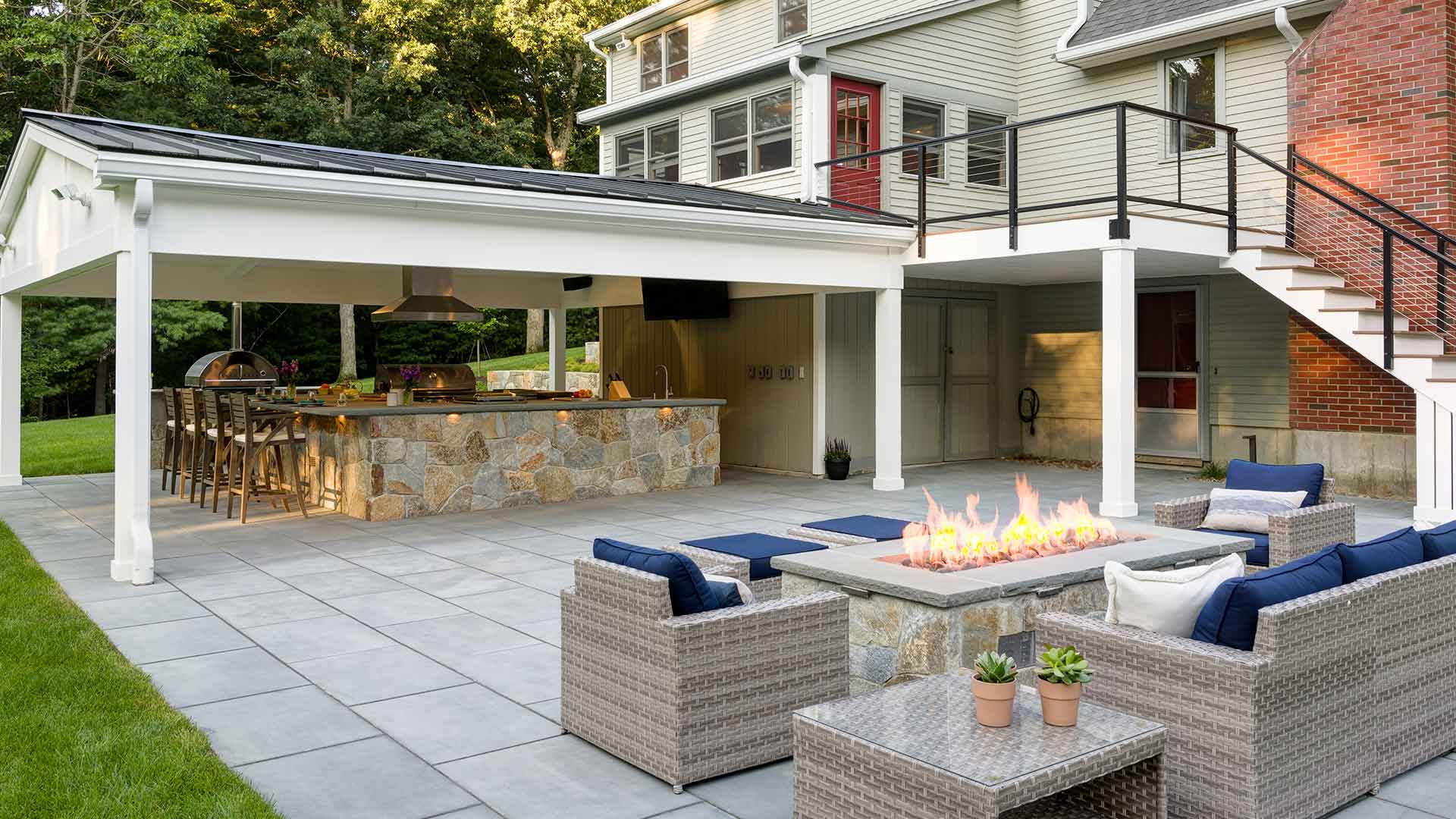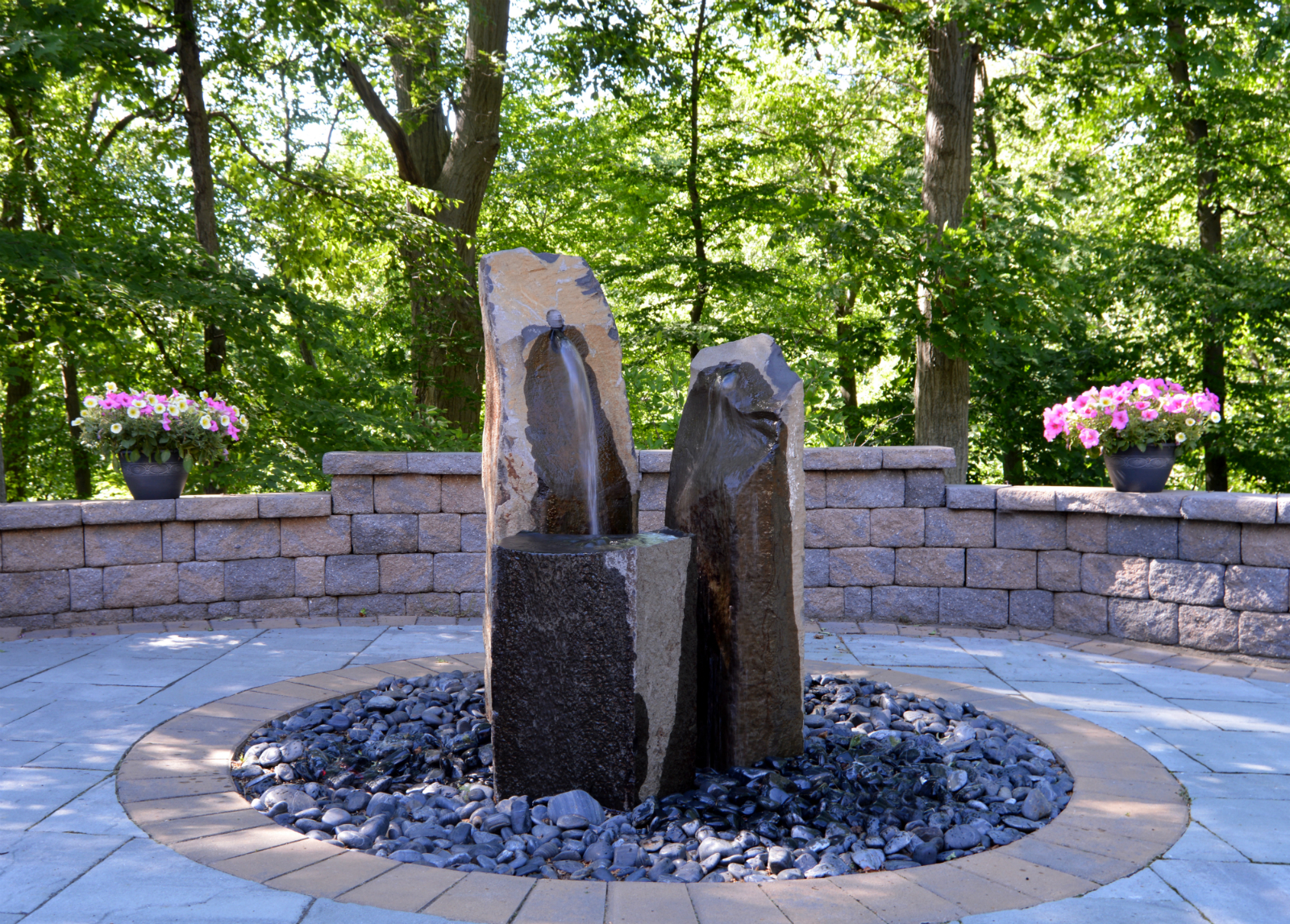Some Known Details About Landscape Design
Some Known Details About Landscape Design
Blog Article
The Landscape Design Statements
Table of ContentsGetting My Landscape Design To WorkRumored Buzz on Landscape DesignThe smart Trick of Landscape Design That Nobody is Talking About10 Easy Facts About Landscape Design Shown
When designing a domestic landscape, the most crucial step is to place a strategy on paper. Developing a plan of attack will save you time and cash and is more probable to result in an effective design. Landscape Design. A plan of attack is established through the 'design procedure': a step-by-step technique that takes into consideration the environmental conditions, your desires, and the aspects and concepts of styleThe 5 actions of the style process consist of: 1) performing a site supply and analysis, 2) identifying your needs, 3) creating functional layouts, 4) establishing theoretical style plans, and 5) attracting a final layout strategy. The first 3 actions develop the visual, functional, and horticultural requirements for the design. The last two steps after that apply those needs to the creation of the last landscape plan.
This is an important action for both plant choice and placement and finding family members tasks and functions. It is essential due to the fact that the exact same environment problems that influence the plantstemperature, humidity, rainfall, wind, and sunlightalso influence you, the user. The next step is to make a listing of your demands and desiresthis assists you identify how your lawn and landscape will be utilized.
The useful representation is after that utilized to situate the activity rooms on the site and from this diagram a conceptual plan is developed - Landscape Design. The last action is a final layout that consists of all the hardscape and growing details that are essential for setup. Throughout the design procedure there are 10 vital things to take into consideration: for plant option and activity location by considering what you desire and need to help figure out shapes and organize spaces by assigning activity locations and connecting with components for both the environment and the individual by making use of massing and layering strategies such as transition areas and focal factors in the products, the shades, and the surface area structures for the development and maintenance of plants by utilizing lasting layout techniques An extensive stock and evaluation of the website is very important to figure out the ecological problems for plant growth and the most effective use of the site
Some Ideas on Landscape Design You Need To Know
The type of dirt determines the nutrients and wetness readily available to the plants. It is constantly best to make use of plants that will certainly thrive in the existing soil. Although dirt can be amended, amendment is usually costly and many times inadequate. Existing vegetation can supply clues to the soil type. Where plants expand well, note the soil conditions and make use of plants with comparable growing demands.

Sun/shade patterns, the quantity and length of direct exposure to sunlight or color (Figure 1), produce microclimates (often called microhabitats). Recording website conditions and existing plants on a base map will reveal the place of microclimates in the backyard. Plants generally fall under 1 or 2 of 4 microclimate categories-full sun, partial shade, shade, browse around these guys and deep color.
Number 1. Sunlight and color patterns. Credit History: Gail Hansen, UF/IFAS It is vital to note all the current problems on an accurate base map when doing the site inventory (Number 2). Landscape Design. Utilities such as high-voltage line, septic systems, below ground utilities and roof overhangs figure out plant place. Utilize a property surveyor's plat of your property for the borders and place of your home.
Landscape Design Can Be Fun For Everyone
Budget issues additional reading consist of the products, first installation prices and the on-going upkeep costs. Identify the moment and money you want to place into keeping the plants and hardscape-be reasonable about your purposes and capability. Figure 3. Present usage areas. Credit Scores: Gail Hansen, UF/IFAS Figure 4. Proposed use areas. Credit Report: Gail Hansen, UF/IFAS There are lots of different landscape layout themes- from straightforward to facility, but it is helpful to pick one to lead your plant and material selection.

Make a decision if you want to open your backyard, close your lawn, or a little of both, to these sights. To put it simply, do you want the garden to confine the area around you and connect primarily to your house, or do you desire the yard to open views and look outside, connecting to the surroundings? This will offer you a starting indicate consider a motif.
More About Landscape Design

Every yard ought to have a kind motif, however not all gardens have a design motif. Lots of property yards have no specific style except to blend with the home by repeating information from the design such as products, shade, and kind.
In a i loved this kind style the company and shape of the rooms in the backyard is based either on the shape of your home, the shape of the locations between your house and the building boundaries, or a favorite shape of the house owner. The kind motif figures out the shape and organization (the design) of the spaces and the web links in between them.

Report this page